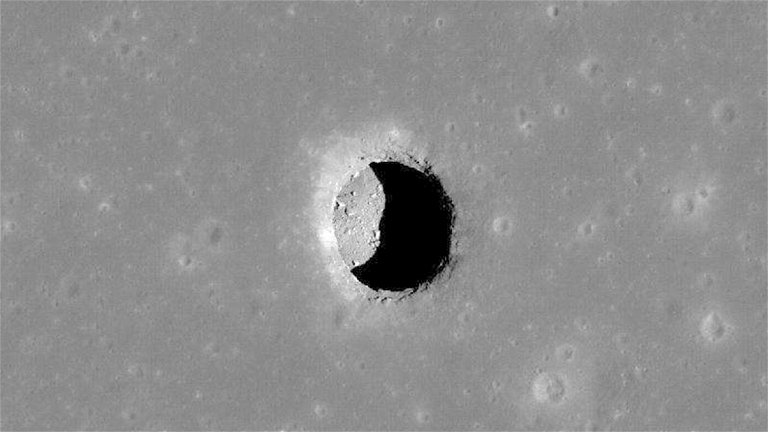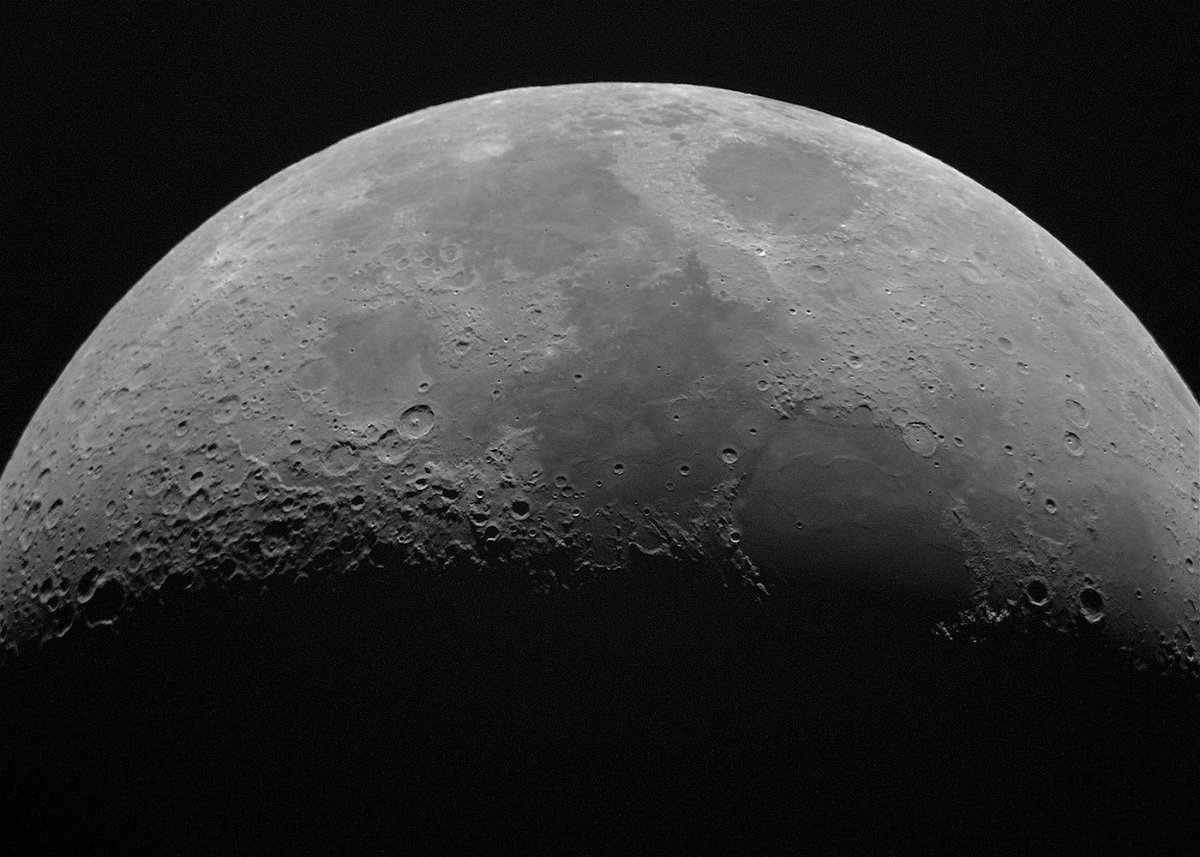
Recent research has revealed the existence of a cave on the Moon. The satellite has a cavity about the size of a football field, which would make it possible to build a space base on it to protect astronauts from extreme temperatures and radiation from the lunar surface.
A shelter to shelter from surface hazards
Science assumed that the satellite harbored caves, but it has not been until now that research from the University of Trento has proven it. According to their recent study, which can be read in the scientific journal Nature, the largest known moat on the Moon houses a cave approximately 85 meters long and 45 meters wide.

This is an important discovery, since the size of the cavity makes it possible to install a spatial base in it. This would facilitate space missions, since the lunar surface is quite dangerous due to its extreme temperatures of between 127º on its luminous side and -173º on the non-luminous side, but especially because of cosmic and solar radiation, which can be 150 times more powerful than Earth’s. These conditions are terrible for the health of the astronauts, so the cave would serve as a refuge.
The shaft where the cave is located is the largest known, with a radius of 100 meters. It is located in Mar Tranquillitatis (the Sea of Tranquility), a large plain metaphorically compared to a sea. It was there that on July 20, 1969, Apollo 11 landed; In fact, the well, and therefore the cave, are located just 400 kilometers from where the ship landed.
To verify the existence of the cave, data from NASA’s Lunar Reconnaissance Orbiter probe, which in 2010 tracked the well of the Sea of Tranquility, was used. Researchers from the University of Trento then reanalyzed the data with new signal processing techniques, which indicated the existence of a cave. They suspected that it had been formed by the path of the lava inside, and they proved it when they compared their data with those of volcanic caves in Lanzarote.
There is still much to explore about the satellite, but this discovery is hopeful for future space missions. On the other hand, some research is also focusing on what’s inside. We also remember that there are moons on other planets, such as Jupiter, which could host life.

Comments